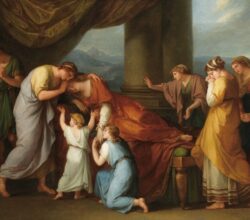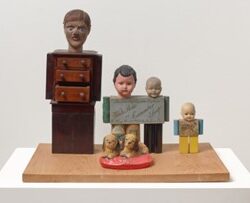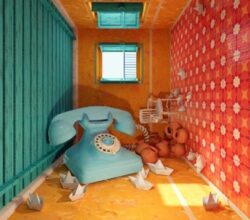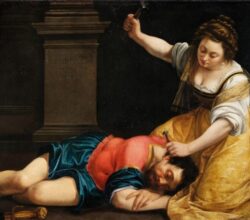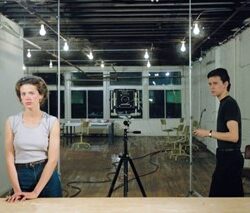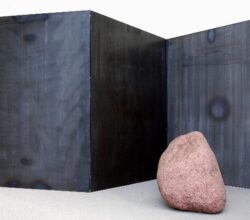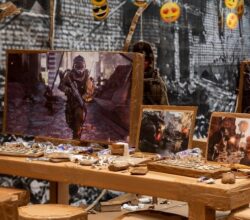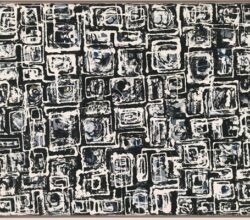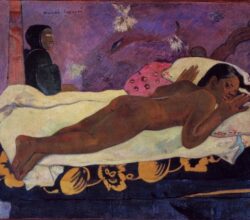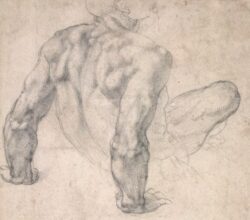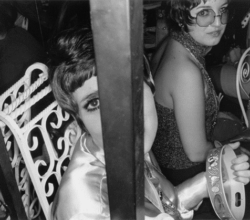
Essay: Between machine and eye
Morgan Meis | The-Easel | 12th March 2024
Photography has, at times, struggled to be taken seriously as a form of high art. Point-and-click capabilities have democratised the medium – anyone can take a picture, right? As if to make this image problem worse, the acclaimed Lee Friedlander says he doesn’t have any great ideas. Why then are his images utterly compelling?
Asking “exactly how much [an image] was an accident or not misses the point. Friedlander knows how to look when something interesting is happening. He trusts himself to point the camera and click. Why is he so much better at doing this than most of us? It’s impossible to say. The genius of Friedlander’s photography is to let the camera have its own ideas.”

